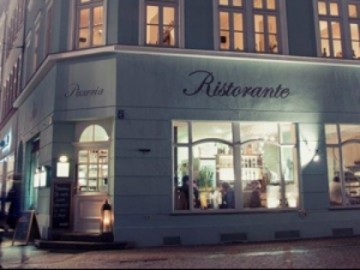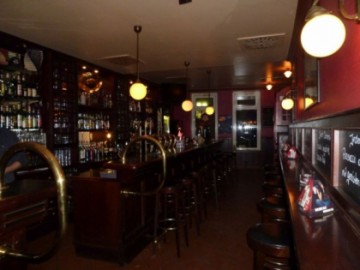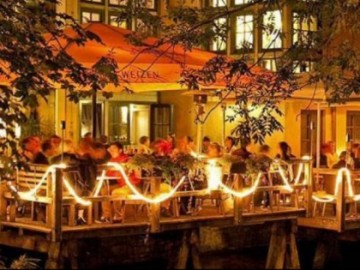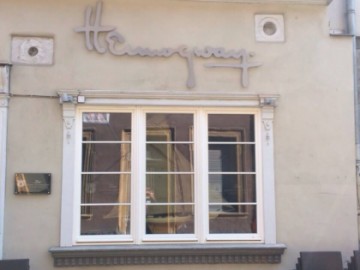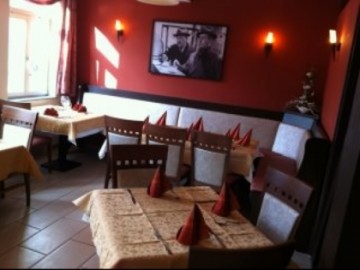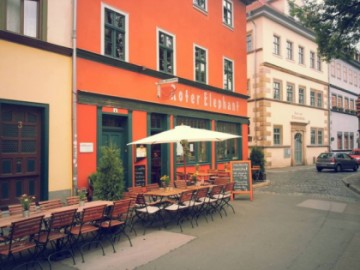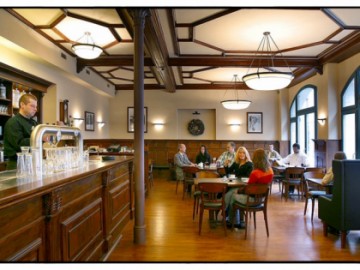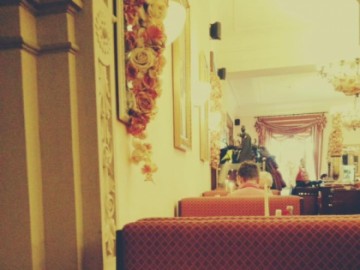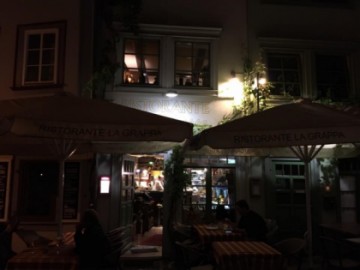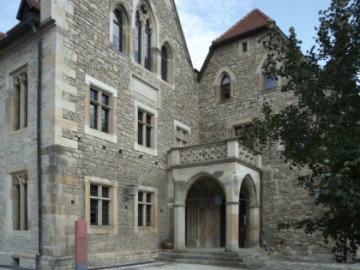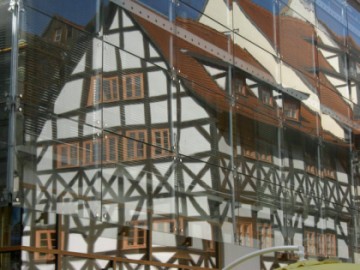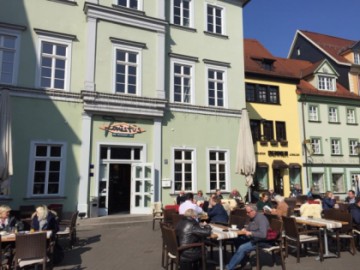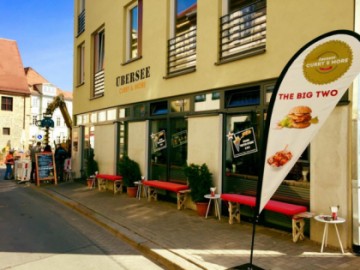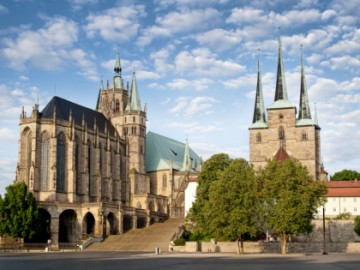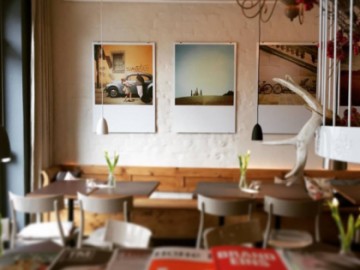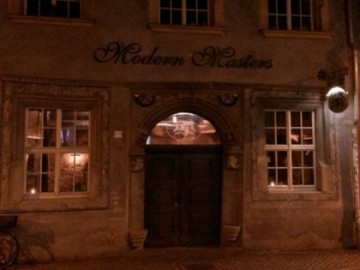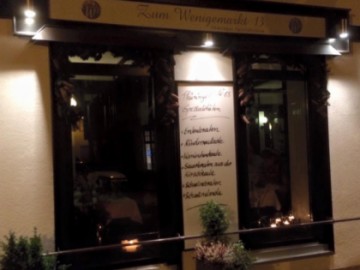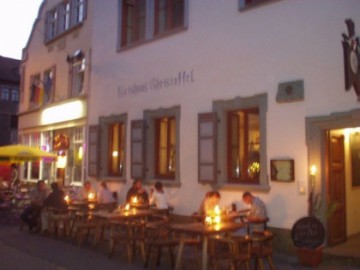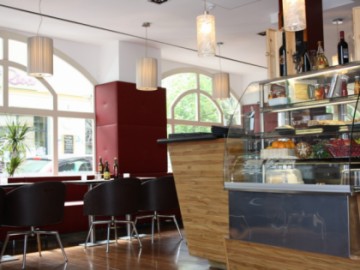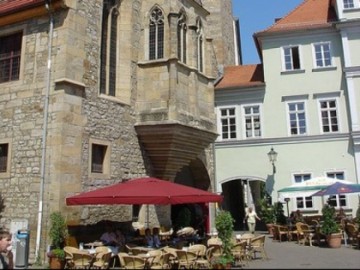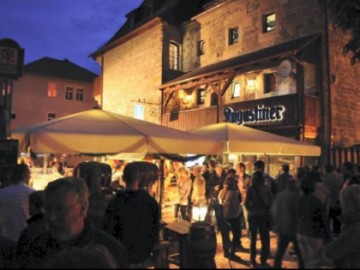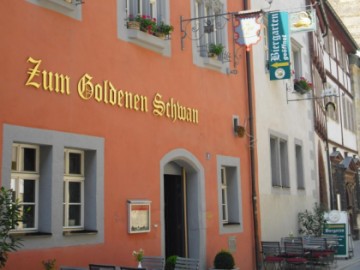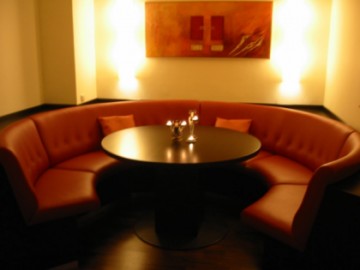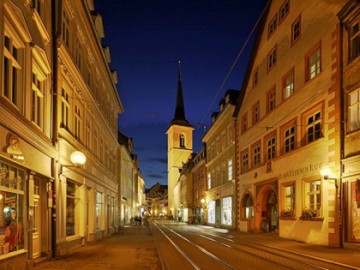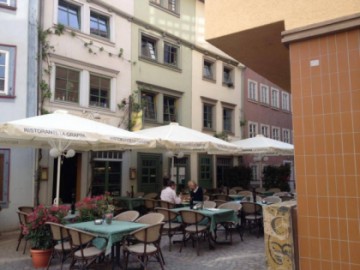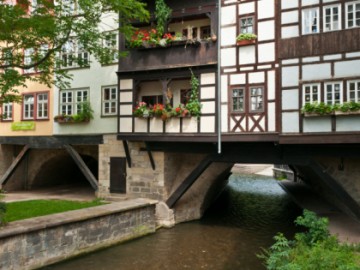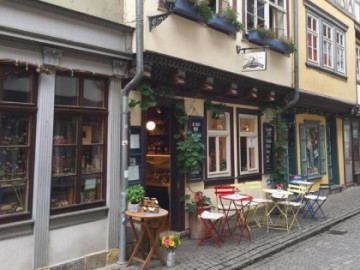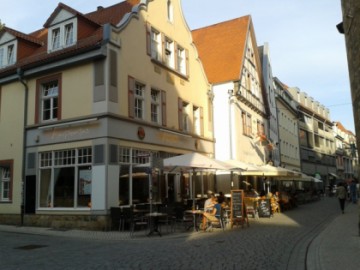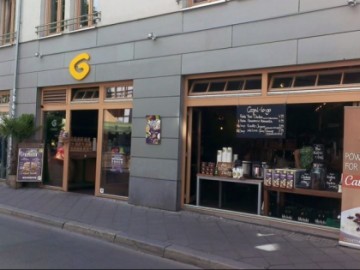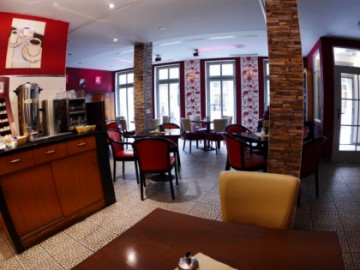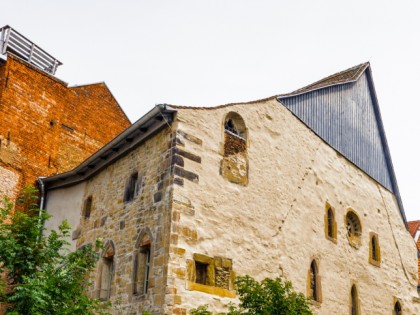Erfurt Treasure in Old Synagogue
Old Synagogue is located to the east from Domplatz – it is the oldest among fully preserved Judaic temples in Europe. This building has a long and tragic history. Separate elements of the building date back to 1094, but the main part was constructed in 1270. However it was not for a long time that the synagogue was used for its direct purpose. In the middle of the 14th century Europe was seized by a plague epidemic. Jews were accused of the “black death” which led to pogroms. During one them in March 1349 the Jewish community of Erfurt was completely destroyed. The surviving synagogue was bought by a Christian merchant. The next five centuries it was used as a storehouse. In the end of the 19th century a ballet hall and a restaurant were opened here, and later – a bowling. The previous purpose of the building was forgotten. That’s probably what saved it from destruction in the Nazi era.
It was only in the 1980s that scientists managed to prove the historical importance of this architectural monument, and the building was returned its initial appearance. In 2009 a museum of the Jewish diaspora of Erfurt was opened in the restored Old Synagogue. The most famous part of the collection is the so-called “Erfurt treasure”. It is a treasure discovered in 1998 during excavations on Michaelisstrasse not far from the synagogue. Presumably, it was hidden by Jewish merchant and money-lender Kalman von Wiehe who together with his family became a victim of 1349 pogrom. Total weight of the discovery is around 30 kg! Among treasure items of there are 3141 French silver coins, 14 silver bars, silver goblets and pitchers, more than 600 golden jewelry items.
A separate stand is dedicated to the gem of the collection – a Jewish wedding ring of pure gold. It has a shape of two entwined hands and is decorated on the top with an openwork hipped roof as a symbol of a Jerusalem temple as well as the future household of the groom and the bride. Hidden inside, there is a ball that tinkles melodiously with the movements of the hand. Six sides of the temple roof have carved letters that form the greeting “Mazel Tov”.
